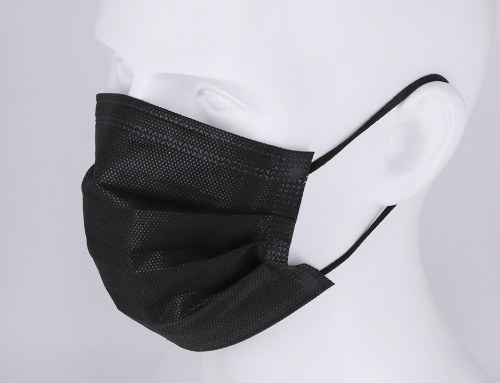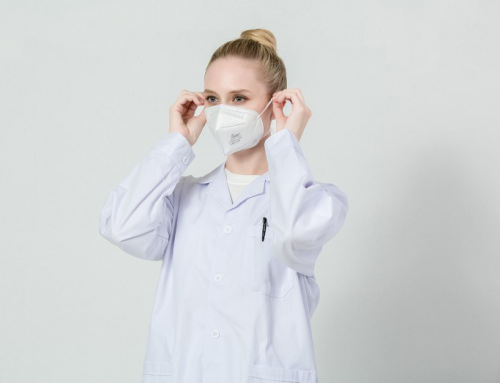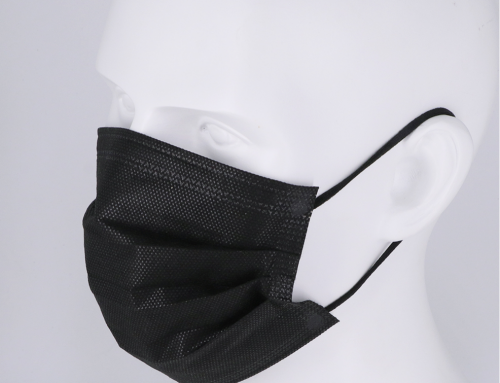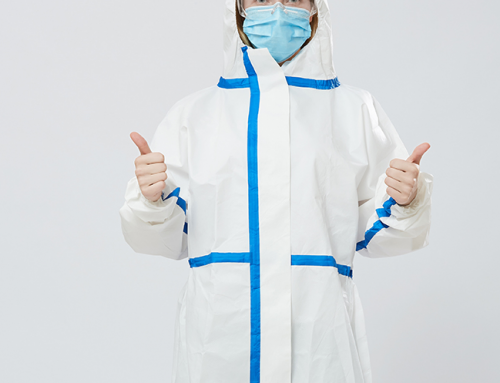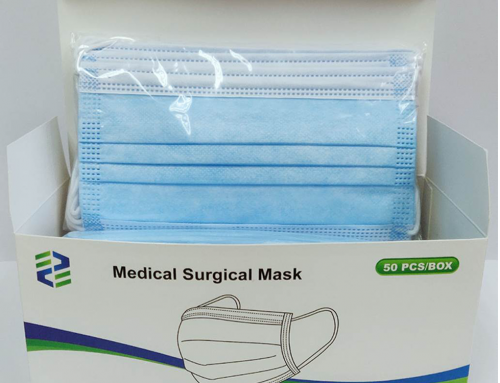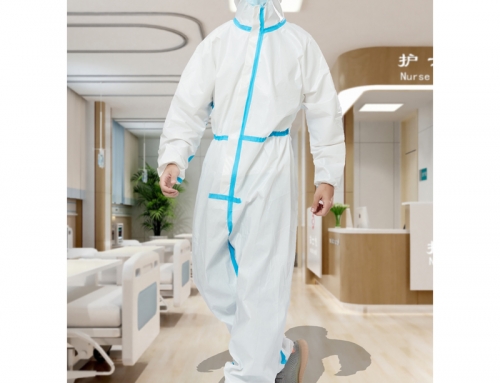With over 319% sales growth, the demand for a medical-surgical mask skyrocketed in 2020 due to the outbreak of COVID-19. According to the latest statistics, People around the world started hoarding facemasks, which led to a drastic increase in supply-demand.
However, these products are not just a strip of cloth tied around your face. They go through a rigid facemask manufacturing process to provide users with a better level of protection. Whether you are a mask dealer or a direct user, understanding the facemask manufacturing process will do you no harm. You can even distinguish the quality of the medical-surgical masks you buy from a more professional perspective.
Before digging into the detailed facemask manufacturing process, it is necessary to learn about the relevant information of masks, including the material and structure.
Main Material
Melt-blown nonwoven fabric is the key to a surgical facemask. Made of polypropylene, the main raw material, melt-blown nonwoven fabric, with superfine fiber that can increase the number and surface area of fibers per unit area, has good filtration and shielding properties against viruses and bacteria, becoming the primary fabric of facemasks.

Structure
Typical disposable facemasks feature elastic ear loops, nose wire, and 3-layer non-woven fabric. The inner layer that comes into contact with the wearer’s face is meant to absorb water vapor from respiration, the outer layer isolates the liquid or particles to enter the mask, and the filter layer (melt-blown nonwoven fabric) creates an adequate barrier against invading pathogens, It can achieve bacteria filtration efficiency no less than 95%.
Standard
Different countries and regions have different requirements and certifications for medical surgical masks. The following will list the mask standards of some major countries and regions, so that you can choose reliable medical surgical mask suppliers according to the standards of your own region.
- The CE certificate formedical surgical masks adopts EN 14683, and the mask is divided into three types according to the protection level. The specific requirements are as follows:
Test Type | Type 1 | Type 2 | Type 3 |
Bacterial filtering efficacy | At least 95% | At least 98% | At least 98% |
Particle filtering efficiency | At least 95% | At least 98% | At least 98% |
Differential pressure | 4.0 max | 5.0 max | 5.0 max |
Liquid resistance to synthetic blood | 80 | 120 | 160 |
Splash resistance | not required | not required | not required |
Microbial cleaning | Up to 30 Cfu / g | Up to 30 Cfu / g | Up to 30 Cfu / g |
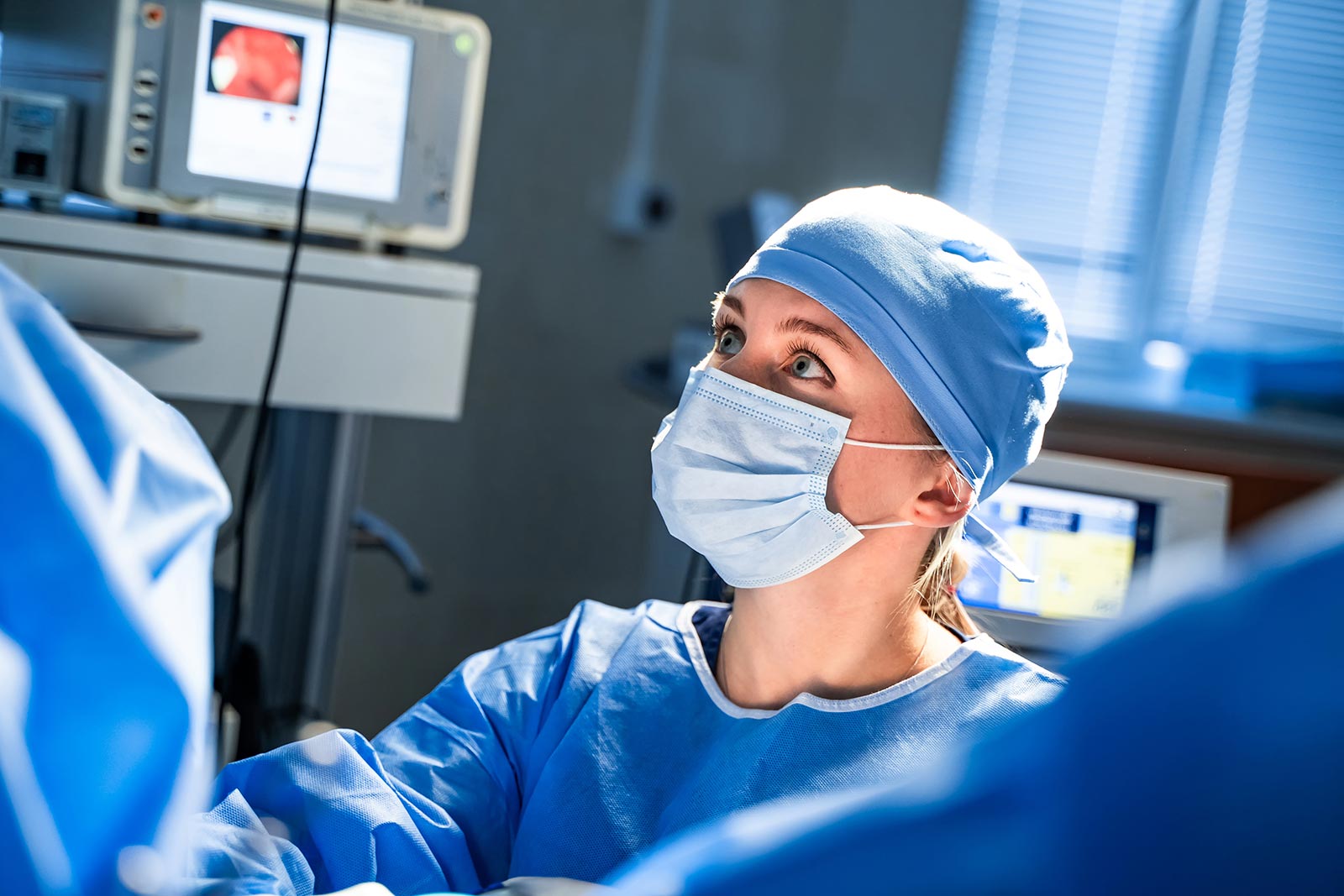
- ASTM F2100 is adopted in American Standard for medical surgical masks, and five basic standards are specified. ASTM F2100 also divides the masks into three levels and set different protection standards.
Test Type | Level 1 | Level 2 | Level 3 |
Bacterial Filtering Efficacy | At least 95% | At least 98% | At least 98% |
Particle Filtering Efficiency | At least 95% | At least 98% | At least 98% |
Differential Pressure | 5.0 max | 6.0 max | 6.0 max |
Fluid Resistance to Synthetic Blood | 80 | 120 | 160 |
Flame Spread | 3 seconds | 3 seconds | 3 seconds |
In addition to the above tests, all medical-surgical masks must be tested for skin sensitivity and cytotoxicity in accordance with the international standard (ISO 10993-5, 10) to ensure that no material is harmful to the wearer.
- Yy0469-2011 is adopted as the Chinese standard for medical surgical masks. The specific requirements are as follows:
Test Type | Test Method | Standard |
Bacterial Filtering Efficacy | Photograph the aerosol containing Staphylococcus aureus at the speed of 28.3 liters per minute | > 95% |
Particle Filtering Efficiency | Spray with an aerosol of polystyrene microspheres to test the filtration rate of non-oily particles | >30% |
Differential Pressure | Inject airflow on the mask and measure the pressure difference on both sides of the mask | ≤49 PA( Inspiratory resistance) ; |
Fluid Resistance to Synthetic Blood | Spray the simulated liquid on the medical-surgical mask | 120 |
Flame Spread | The mask is ignited to test the degree of slow combustion and the time required for material combustion. | 5 seconds |
Facemask Manufacturing Process
- Purchase qualified mask material
First of all, facemask manufacturers need to purchase non-woven fabrics and melt-blown non-woven fabrics that meet the national standards as the main raw materials for mask production. No matter according to Chinese standard YY0469-2011, European Union standard EN 14683, or American Standard ASTM F2100, the middle layer of medical surgical masks should achieve at least 95% filtration effect. While the materials of ZHENG KANG’s medical-surgical masks are strictly selected to reach bacteria filtration effect up to 95%.
2. Form Facemask structure
With qualified mask materials, the next step is utilizing conveyors to put three layers of non-woven fabric together to determine the structure of the product.

3. Mask Folding
Every medical surgical mask must have specifically designed folds. After forming the standard structure, the mask is then folded through a folding device. A roller machine then flattens the product and creates a crease.
4.Fix the metal wire
There is a nose clip on the standard mask to fix and seal the top edge of the mask, otherwise the virus or bacteria will enter our nose and mouth from the top edge of the mask. In this step, the machine needs to transport the metal wire on one side of the non-woven fabric, and then fuse the non-woven fabric on the other side to fix the mental wire.
5. Strengthening and Cutting
When the folding done, the machine will be used to strengthened the edges of the mask in this process. Then the mask unit is cut to fit the face of the wearer.
6. Securing the Hanging Ear Rope
For the final product to be able to remain on the face, it needs to have ear ropes. The top of the ear rope will be melted by an ultrasonic machine and fused with the four corners of the facemask.

7. Disinfection
During the entire facemask production line, the final product will be, without a doubt, contaminated. The finished medical surgical masks can be divided into sterile and non-sterile masks. Non-sterile mask means that the facemask production line meets the microbial control standard, but a certain amount of bacteria under control is allowed. Sterile masks refer to those that need to be disinfected before they can go on the market. The product can be put in a 400mg/L of ethylene oxide and alkylation environment to finish the sterilization process. Since this solution can be toxic and flammable, the product is left to sit for 7 days, to reduce the impact of the residual amount.
Conclusion
The pandemic has led to a drastic increase in demand for facemasks. The constant threat of invading pathogens has made these coverings a key factor in our everyday health. Because of the mandatory demands to wear one, some forward-looking businessmen have come into this market to demand higher-quality surgical masks.
Now that you know exactly the main manufacturing process of medical surgical masks, you will have an easier time figuring out just exactly which face mask manufacturers you are going to choose. If you want a facemask from a manufacturer you can trust, then the facemasks from ZHENG KANG are definitely worth a try. We are always in line with the proper mask manufacturing process and international standards of medical equipment. 100,000 dust-free workshops and professional quality inspection systems are set for medical surgical mask manufacturing. Furthermore, ZHENG KANG has achieved various certification of facemask manufacturing, such as the SGS certificate and CE certificate EN 14683. Therefore, with every covering you buy, you are getting a high-quality medical-surgical mask.


